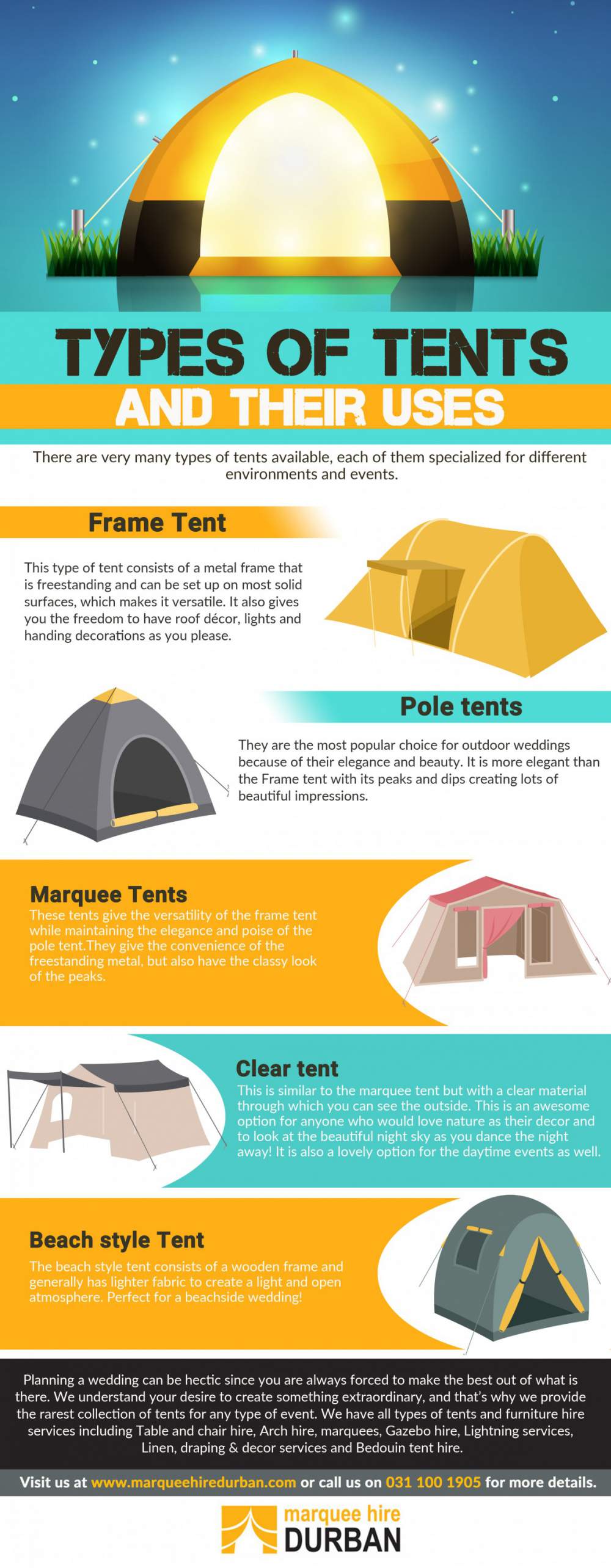Capturing fantastic photos of the night sky requires cautious planning. Examining the weather prediction for clear skies is essential, as is knowing what time the moon climbs and sets.
When was the first tent invented?
Begin by adjusting your camera to manual capturing setting. Take a number of test shots with various ISO, aperture and shutter speed setups to see what functions finest.
Video camera
A basic DSLR cam with a broad lens works well for night-sky photos, yet any electronic camera with a big sensor and a hand-operated focus setting must function. The vital part is that the video camera can be set to shoot in RAW style, which allows for optimum flexibility when editing.
Depending on the desired effect, you may intend to take numerous exposures and after that merge them in post-processing. This can be helpful if you're firing both a foreground item (like a lake, tree, vehicle or a structure) and the evening sky and need to expose each at various setups.
You can likewise try out long-exposure shots that show celebrity tracks. This can be attained by centering your framework on the North Celebrity and making use of a shutter speed lasting for a number of mins. This produces impressive arcs and vortex-like circles of light around your topic. It can be time consuming, but the outcomes are stunning!
Lens
One of the most essential consider evening skies digital photography is picking the right lens. A high resolution, broad angle lens will assist you record as several celebrities and the moon in your picture as feasible.
You will also need a tripod to prevent video camera shake during long exposures. It is likewise suggested to fire in RAW setting, which will certainly provide you extra latitude in post-processing.
An additional variable is timing. It is best to plan for when the Milky Way will certainly rise or establish depending on your location. There are several apps and websites to help with this including PhotoPills.
Finally, it is good to have an interesting foreground in your photograph to include deepness and comparison. Making use of intriguing rock developments, structures and even people can add a sense of scale to your image and make it extra impactful. Your make-up needs to additionally abide by standard photo concepts, such as the regulation of thirds and locating prominent lines.
Shutter Rate
The shutter is the part of your cam that beings in front of the picture sensor and opens and closes to videotape a direct exposure. Its speed affects just how much light your photograph receives-- the faster it is, the much less light gets in.
A slower shutter rate permits extra light in, yet likewise blurs any motion that occurs during the exposure, which is useful for capturing star routes and various other results such as a long direct exposure to develop a stunning night sky.
With the appropriate tools, it's possible to produce photos that are practically as brilliant as daytime and still be able to capture vibrant details of the Milky Way and celebrities. For optimum quality, try to obtain as away from towns shop tents and cities as possible and examine websites such as this set for cloud maps and dark skies.
ISO
Picking an ISO setup is a vital action in night sky photography. The greater the ISO value, the extra delicate your camera will certainly be to light and the brighter your photo will certainly be. Nevertheless, if you go too expensive, the noise in your photo will certainly be as well noticeable.
An excellent starting point is to set your video camera to a low ISO of 800, then take an examination shot. If this photo is also dark, boost the ISO one quit at a time up until you have an acceptable photo.
Foreground shots in evening skies images need a lot longer direct exposure times than the stars, so you'll want to make use of a tripod. To additionally support your cam, utilize the remote shutter release to stay clear of any kind of trembling caused by pressing the switch yourself. Additionally, keep in mind to keep your lens in Guidebook Focus setting. This will aid you to preserve the same focal size throughout your shoot. The Rule of Thirds is an essential regulation for making up night skies pictures, helping to balance and merge your images.
How much does a good tent cost?
